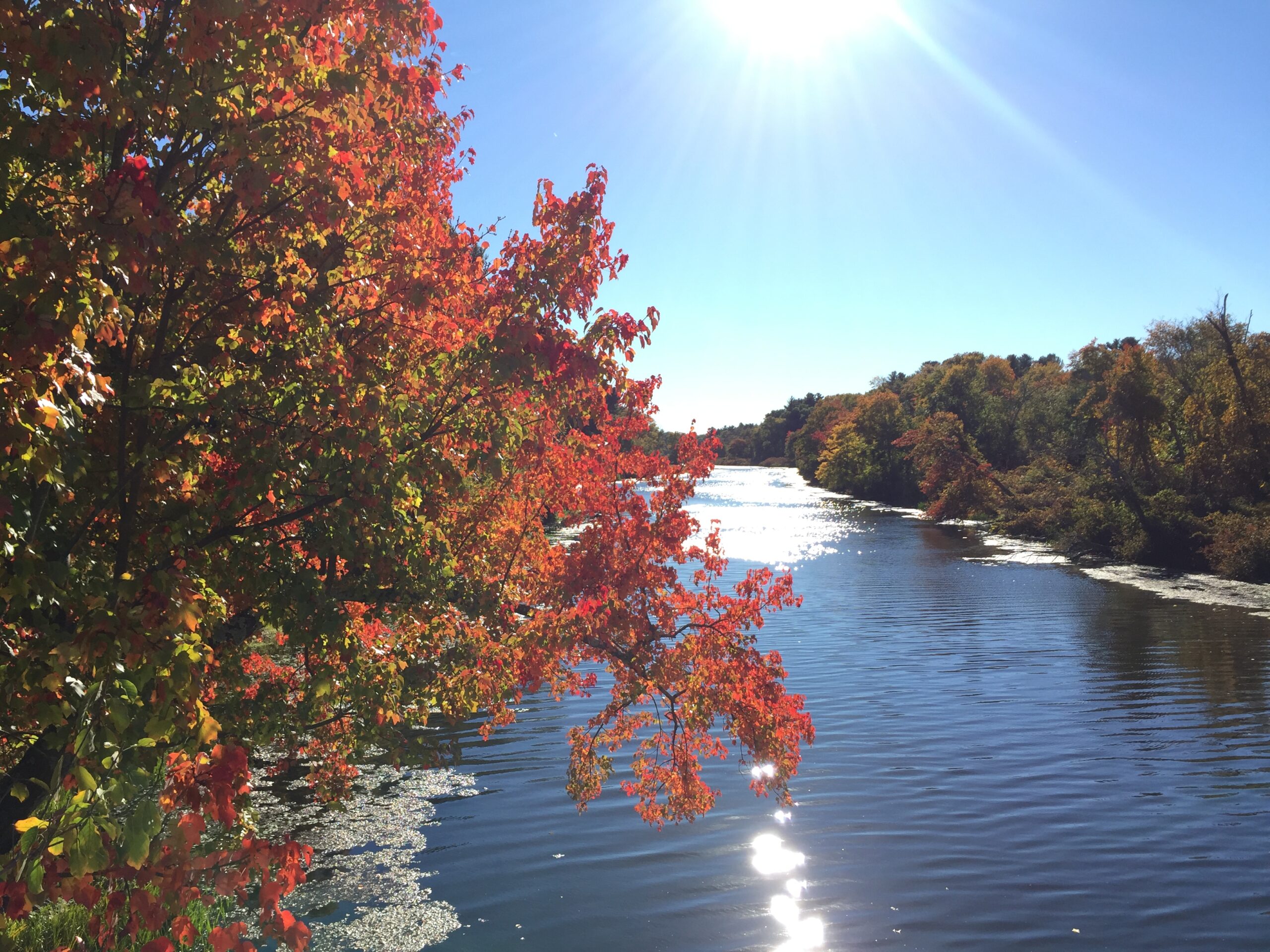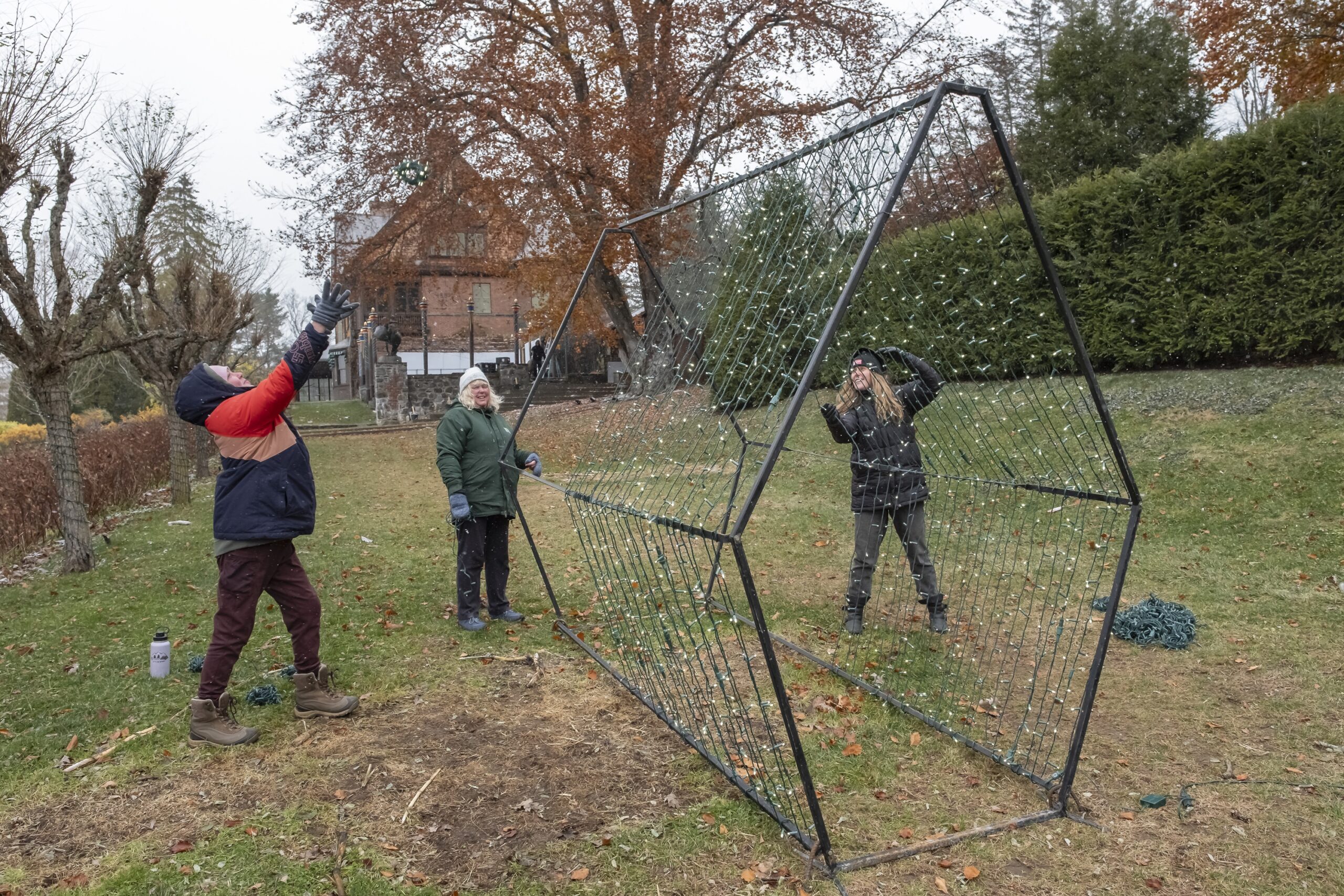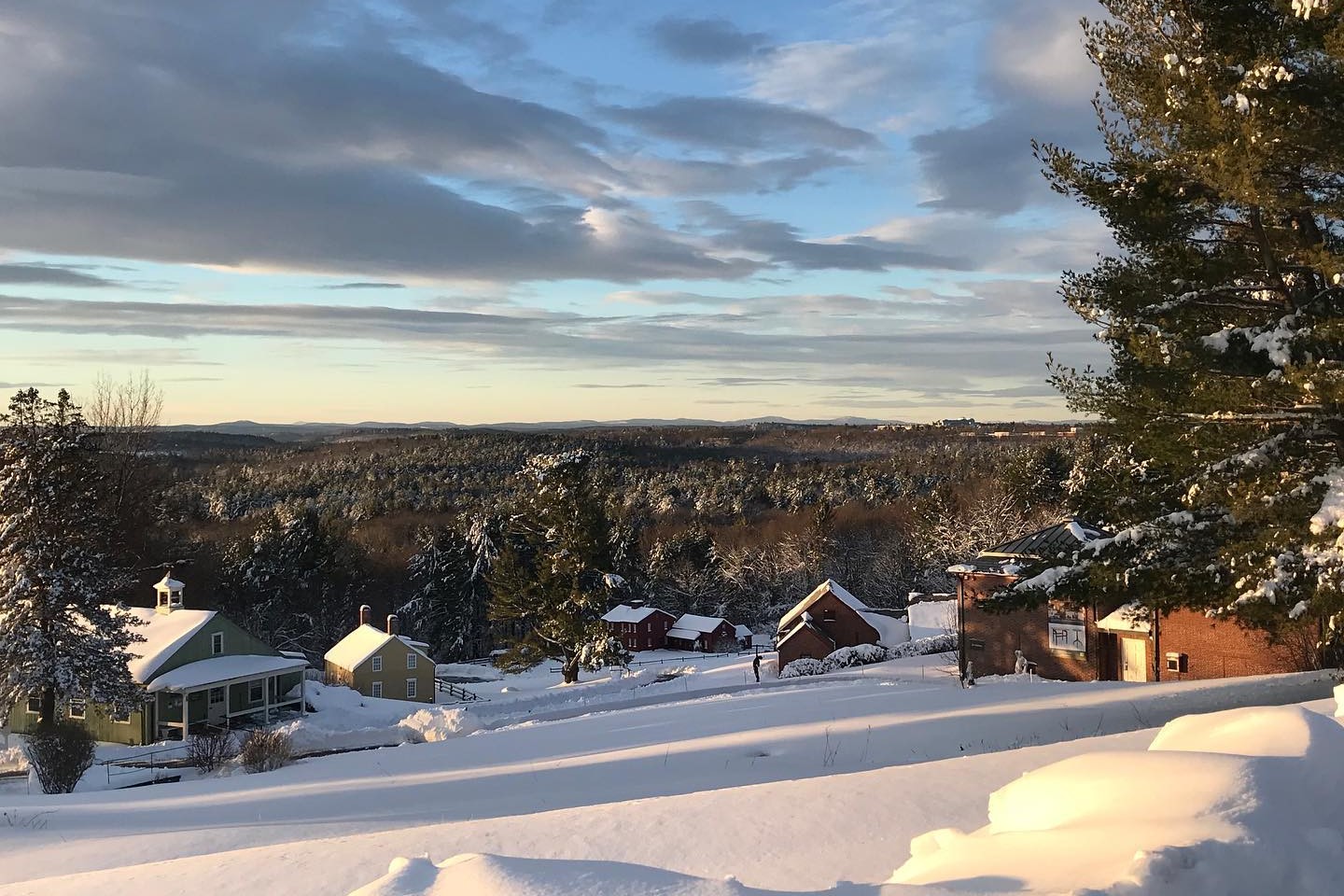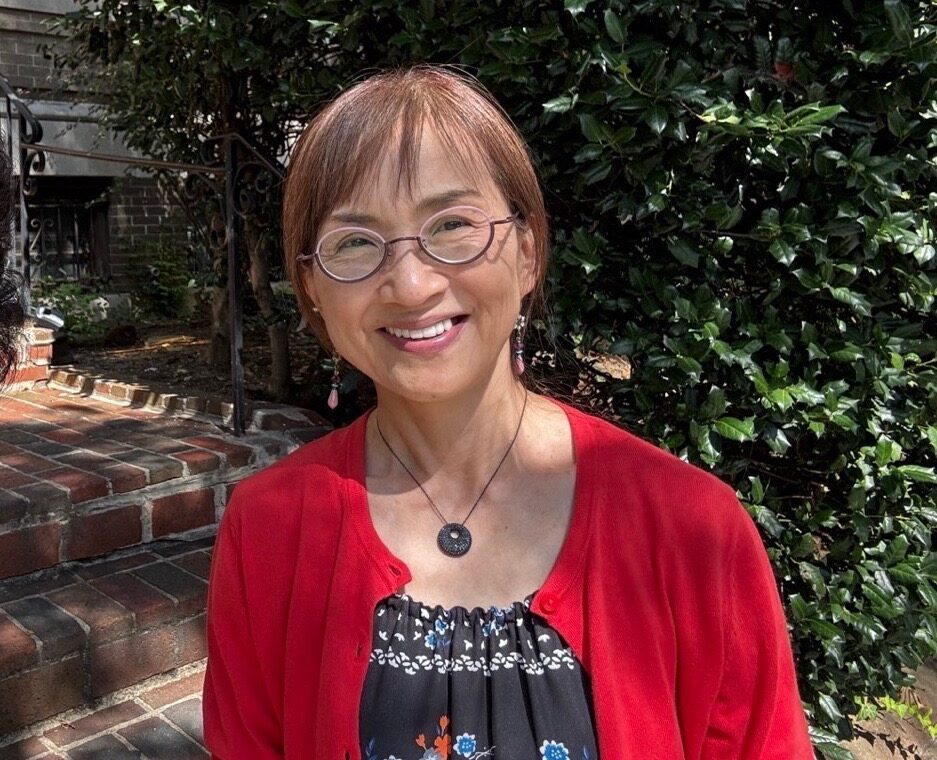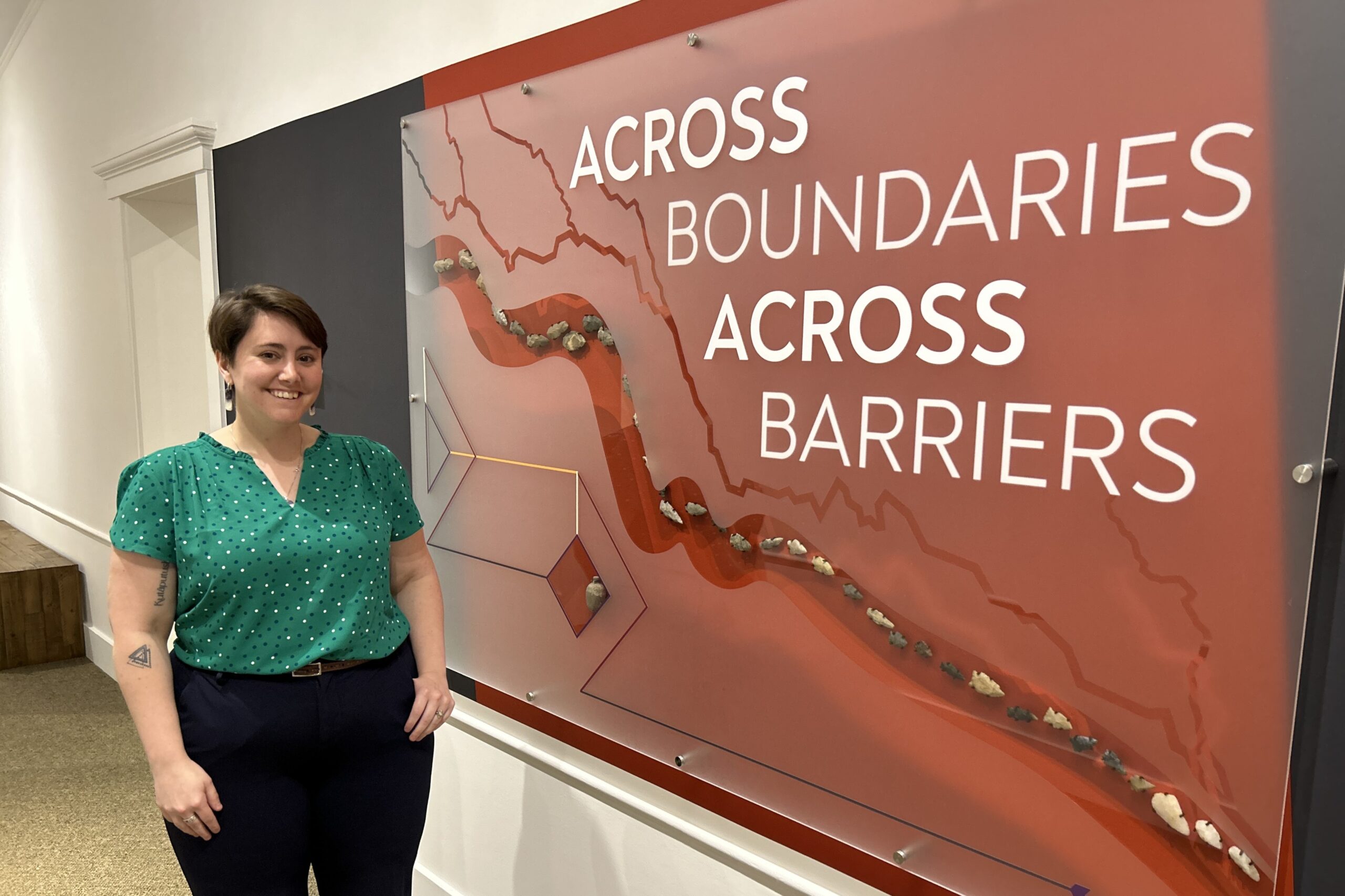
When Tess Lukey enters the Four Seasons Gallery at Fruitlands Museum, she says good morning to each artwork on display.
“It’s important to acknowledge the soul within the works,” said Lukey, Associate Curator of Native American Art for The Trustees and Aquinnah Wampanoag tribal citizen. “Many of these belongings are living beings, so you should treat them with respect as you would your elders.”
This respect for the living history of Native artistry is at the core of all three new exhibits that recently opened at Fruitlands. The aim is to indigenize the museum and gallery spaces. This encompasses a broad range of practices including foregrounding Indigenous ways of knowing and the living presence of tribal nations, a first of its kind for The Trustees.
The new exhibits are spread among the Four Seasons Gallery and Seasonal Gallery at Fruitlands, new titles for the previously named Art Gallery and Native American Gallery respectively.
“While dedicated spaces are great, it has been a problem for a long time that museums separate out native art, so we need to think critically about the galleries at Fruitlands,” said Lukey. “Rather than showing everything all at once in spaces that separate the collections and in turn uplift only certain aspects, we need to put them on the same playing field (so to speak), making it an equitable and more interesting use of space.”
Native Voices Sharing their Own Stories
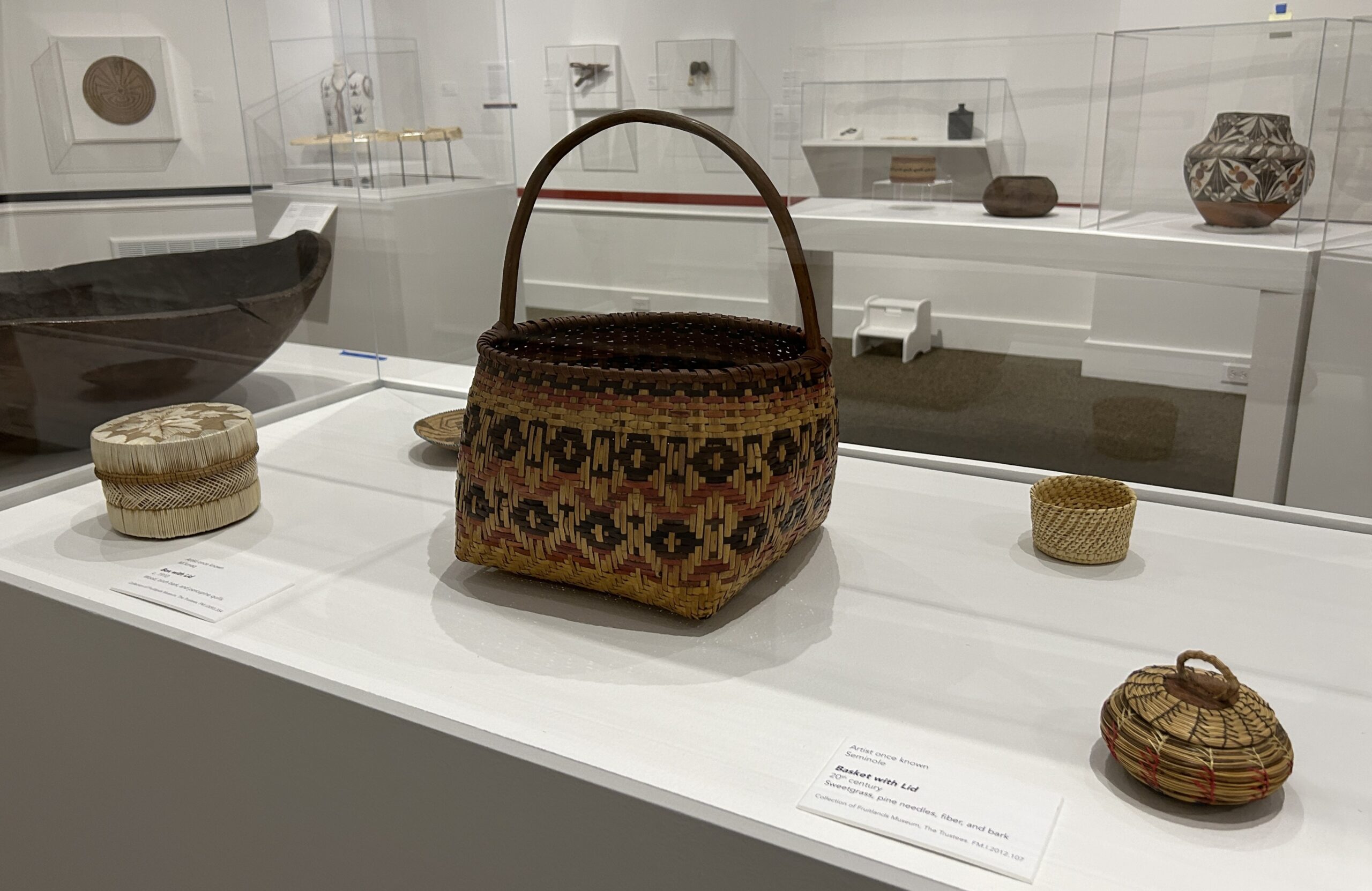
The Four Seasons Gallery now hosts Across Boundaries Across Barriers, featuring both historic and contemporary works of art from several Native communities. Place of Intersection: Survivance in the American West is across the hall in the gallery, focusing on comparing the reality and stereotypes of the 19th and 20th century west. The Seasonal Gallery, a short walk away, hosts two video-based artworks reflecting on a sense of place, titled A Surreal Place: Sky Hopinka and Cannupa Hanska Luger.
All three exhibits aim to center Native communities and voices telling their own stories. Community-written labels throughout the galleries accompany object labels with Indigenous languages and self-designated naming conventions.
“In these galleries, I am hoping to represent the stories of the objects and their peoples,” said Lukey. “It’s not necessarily Clara Endicott Sears’ [the founder of Fruitlands Museum] vision, but rather the tribal communities’ vision, to whom these objects hold significance.”
Furthering this focus is the inclusion of a dedicated study room inside the Four Seasons Gallery space. Not only are visiting scholars and gallery visitors able to use it as a center for learning, but Trustees curators like Lukey can utilize the space for consultations with tribal community members.
“We haven’t had a dedicated space for these types of conversations before,” said Lukey. “Now, it becomes a room that can function as a place of learning and connection.”
A New Approach to the Gallery Spaces
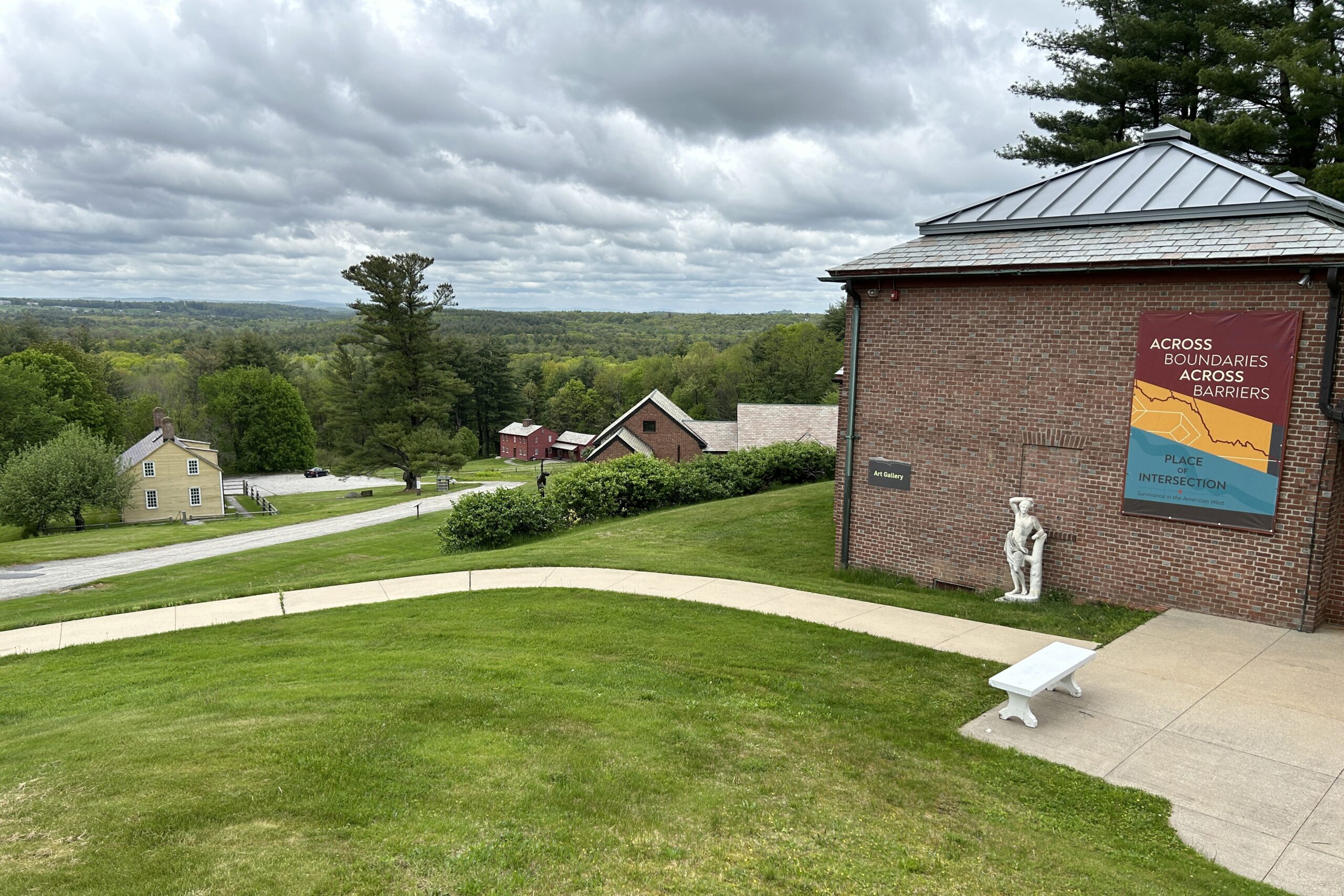
This is only the first step toward a larger reconsideration of the existing gallery spaces at Fruitlands. There are thousands of objects in the collection and Lukey continues to review each piece thoroughly, repatriating items back to their respective Native communities whenever possible.
“The items that are on display hold incredible stories that are still relevant today,” said Lukey. “To non-native audiences, some of these objects may not be the most aesthetically pleasing in the collection, but they hold significant meaning and impact to Native people.”
An example of this is the Halibut Hook on display in the section titled Flowing Connections. Made in the 20th Century by a Tlingit artist once known, this object has aspects of both practicality and spirituality as these hooks—and the stories passed down for generations alongside them—hold deep significance to the Tlingit and neighboring Indigenous communities.
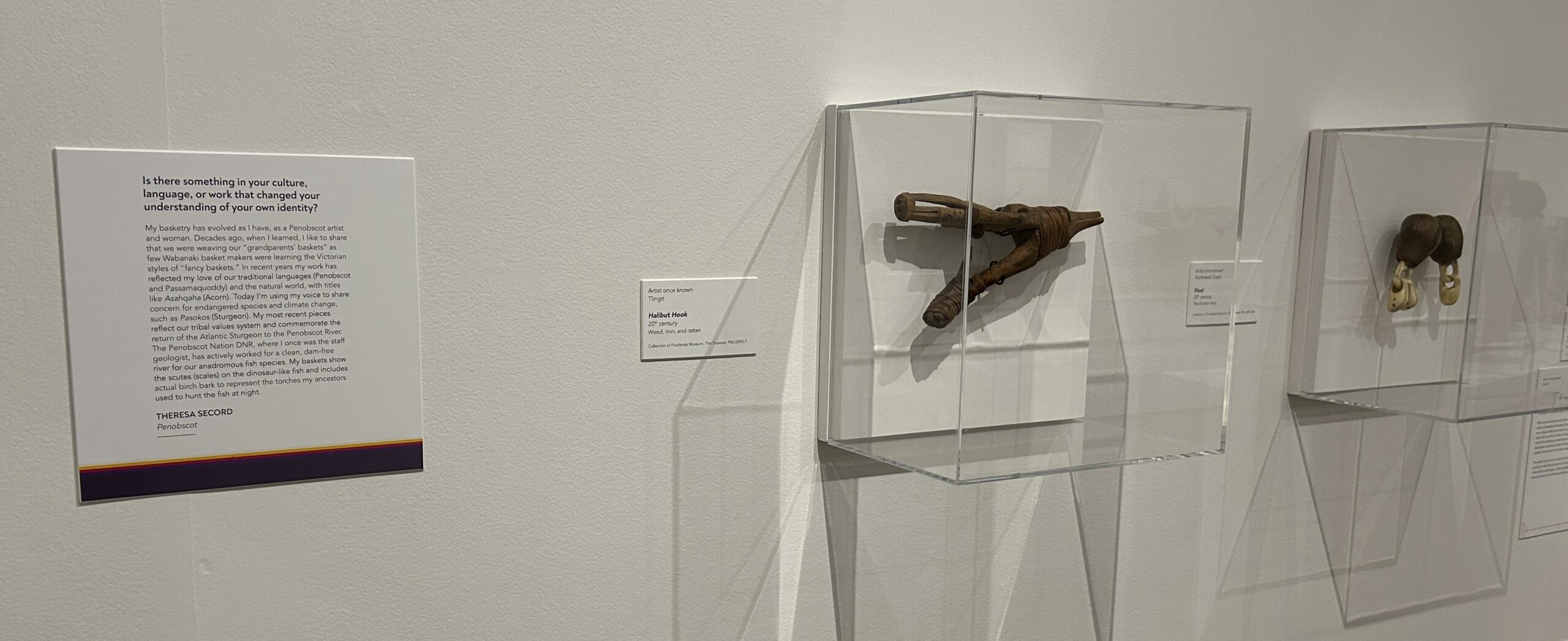
Like the Halibut Hook, you might notice that the objects included in Across Boundaries Across Barriers are not all from New England, nor are they grouped by region. Instead, the gallery is organized into five sections utilizing the indigenous belief of the medicine wheel and the seven directions. The gallery includes Roots and Reflection (North), Flowing Connections (South), Radiant Traditions (East), Cycles of Renewal (West), and Embodied Homelands (Center).
“It’s really important that we’re bringing Native people into these spaces,” said Lukey. “Art needs people and people need art; It’s been that way for millennia and will continue long after our passing. It is critical that we continue to make space for the people and practices that bring our world to life.”
Experience all three new exhibits for yourself while visiting Fruitlands Museum this summer. Purchase your advance passes today.
